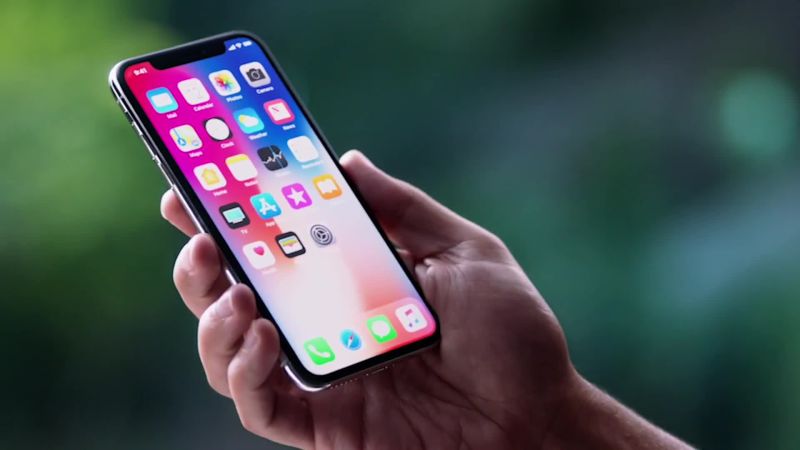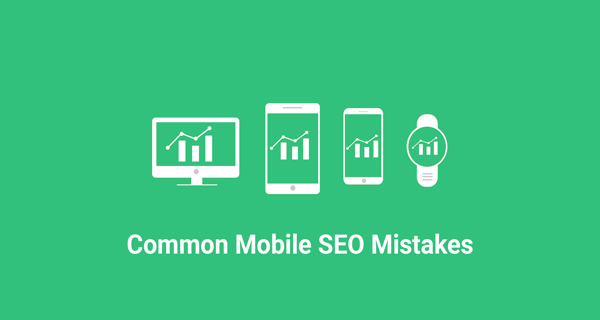Harmful Mobile SEO Mistakes We Must Avoid - Semalt Expert

Here, we will be looking at Mobile SEO mistakes we've noticed. Avoiding these mistakes has played a vital role in keeping our clients at the top of SERP, push more traffic to their sites and keep their audiences happy.
A Mobile-First Oriented Website
Ever since the 2015 update "mobilegeddon," Google has had one message, and that is "Mobile first indexing." It is not only required but now essential that your site needs to be mobile-first.
Having a mobile-first website means that Google is crawling on your mobile site. You should know that most times, Google only crawls your mobile site. Today, even the best desktop site doesn't guarantee a good mobile experience. And because of that, Google wouldn't rank you well.
This year, 2021, Google plans on making the switch to 100% mobile-first indexing. This means that before the end of the year, your site must be made perfect for mobile devices. Google will crawl your website mobile-first, and if it hasn't been optimized, you lose vital points on SERP.
This year, Mobile SEO has become more critical than ever. Semalt is here to ensure that you're ready for this change as it comes. This means we will be preparing your site's Core Web Vitals, checking your mobile content for better opportunities, fixing any persisting mobile UX issues.
Here are ten mobile SEO mistakes we've noticed on several sites. To remain in SERPs, give your visitors a great user experience, and attract more traffic to your site, we must avoid these mistakes.
Slow site speed
Mobile device users are on the go. Generally, it is important for your site to be able to load quickly. But it doesn't stop there; your site must also be able to interact with users rapidly.
Page load speed is an important ranking factor, and it accounts for a significant amount of bounce rates. Page speed is so crucial that two-thirds of Google's Core Web Vitals update has a direct link with site speed.
According to research conducted by Google, about 53% of internet users abandon a page once it takes longer than 3 seconds to load. You don't need to study statistics for that; you can use yourself as an example.
Most times, when we're conducting a search on our mobile devices, we have several other things waiting in line, so we need to get this over with quickly and move on to the next. Hence, we can't wait all day for one page to load when we have hundreds more.
To keep the traffic, we work on your site till it's able to load a page in less than one second. This way, users can see what they came to see almost instantly.
To improve your site speed, we:
Minimize requests and redirects
Keeping your pages simple and clean reduces the amount of data it needs to load upon each request. Eliminating as many 301 redirects as possible keeps things moving smoothly. We remove unnecessary elements from your page, optimize your HTML code, and minimize things that can slow your site's speed.
Compress and Resize Images
There are several built-in tools on WordPress that automatically resize your images, and we have tools like compressors.io to compress the file size. These tips can have an enormous effect on how much data images on your site consume. Images are great, but they take up data, which causes your site to load slower. So reducing the number of images on your site and their size makes your site load faster.
Check your hosting solution:
Using cheap third-party hosting is another reason why your site may load slowly. If you plan on hosting vast volumes of traffic, you need a good hosting service provider. If you are an ecommerce site, you'll need this more than anyone.
Blocked Files
Blocked files are hidden files. The web version of your site is drastically different from your desktop site, and you may discover that some contents are missing between them.
We expect Googlebot to crawl your website like an average user, which means restricting access to JavaScript, CSS, and Image files on your website, which can harm your rankings.
We will audit your website's robot.txt file to see if these essential elements have been disallowed.
Unplayable Content
Before publishing a video or any multimedia content on your page, we must consider how it affects your site's speed, and we will consider how the video embedding plays on all devices.
We also try to include a transcript when possible. Doing this ensures Google understands the video and will rank it. It also helps users who need closed captioning.
Google recommends we use HTML 5 for animated content on your site. We can easily create these animations in Google Web Designer, and it is supported across all web browsers.
Bad redirects / cross-links
Having faulty redirects on your website can be a big issue in a website that hasn't been optimized for mobile devices. This becomes more obvious and problematic when you have a separate URL for your mobile and desktop websites.
Here are some ways in which we can correct this:
- If a mobile user lands on the desktop version of your site, we immediately redirect them to the mobile version of the page they intend to visit. It is important that they aren't redirected to the homepage of your mobile site.
- We create a mobile version of your website if you currently do not have that. Until then, we must keep users on your desktop site rather than sending them to the incomplete mobile site.
- Mobile users across all devices should get the same content.
Not Specifying Mobile Viewport
Mobile devices come in different sizes and models. This means different screen shapes and sizes which must be accounted for. We must specify the correct viewports using the viewport meta tag. Doing this allows the mobile device users experience properly fitted pages for their respective screens.
Some of the common mistakes we've realized in this area include:
- Websites with a fixed-width viewport that have been optimized for certain devices.
- Poor minimum viewport parameters.
These issues are, however, easy to fix, and your website will become optimized for every mobile device.
Poor Mobile Design
Lots of people mistake mobile-friendly websites for mobile-first websites.
With Mobile-first, Google will crawl your mobile site before it crawls your desktop site. In this case, the mobile site is what matters to Google.
Mobile-friendly sites have been designed well for mobile devices.
To succeed as a mobile-first site, you must be mobile-friendly. This is why we design your websites for smartphones and tablets, not the desktop experience.
We avoid illegible fonts, on-screen clutters, or inappropriate font sizes. We give adequate spaces between page elements, so mobile users don't click the wrong links or buttons.
Conclusion
Mobile devices are no longer just tools for communication. Technology has advanced to the point where we carry powerful computers in our pockets. The convenience, mobility, and efficiency of mobile devices have made it a must-have for many. It is no surprise that Google wants to stay on top of this new trend.
Luckily for website owners, SEO professionals like Semalt can help you stay connected to your target audience through mobile devices or desktops.
